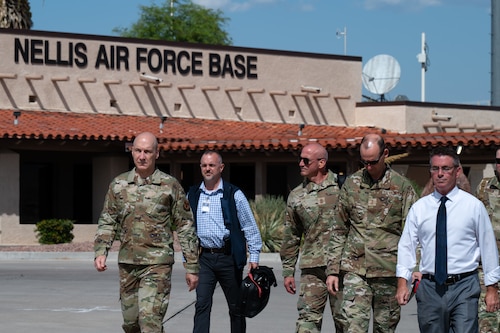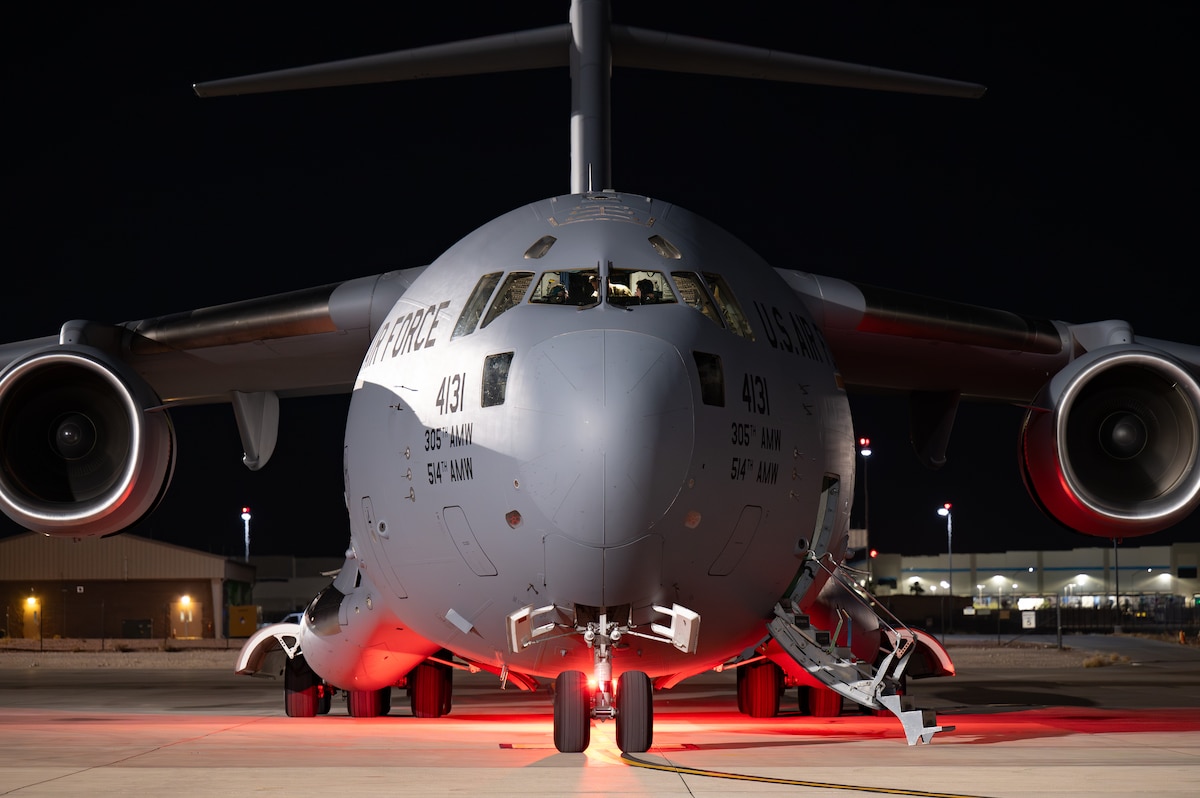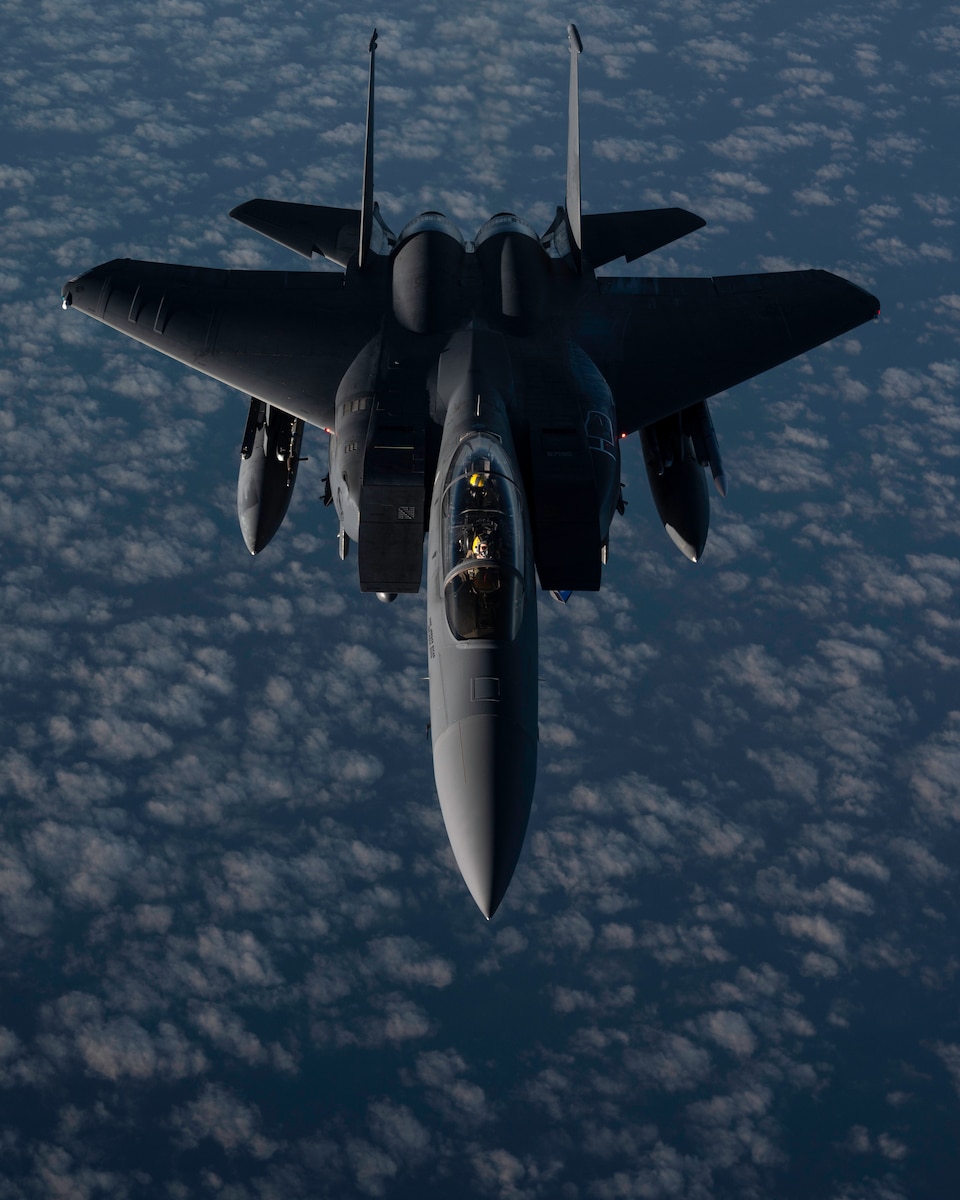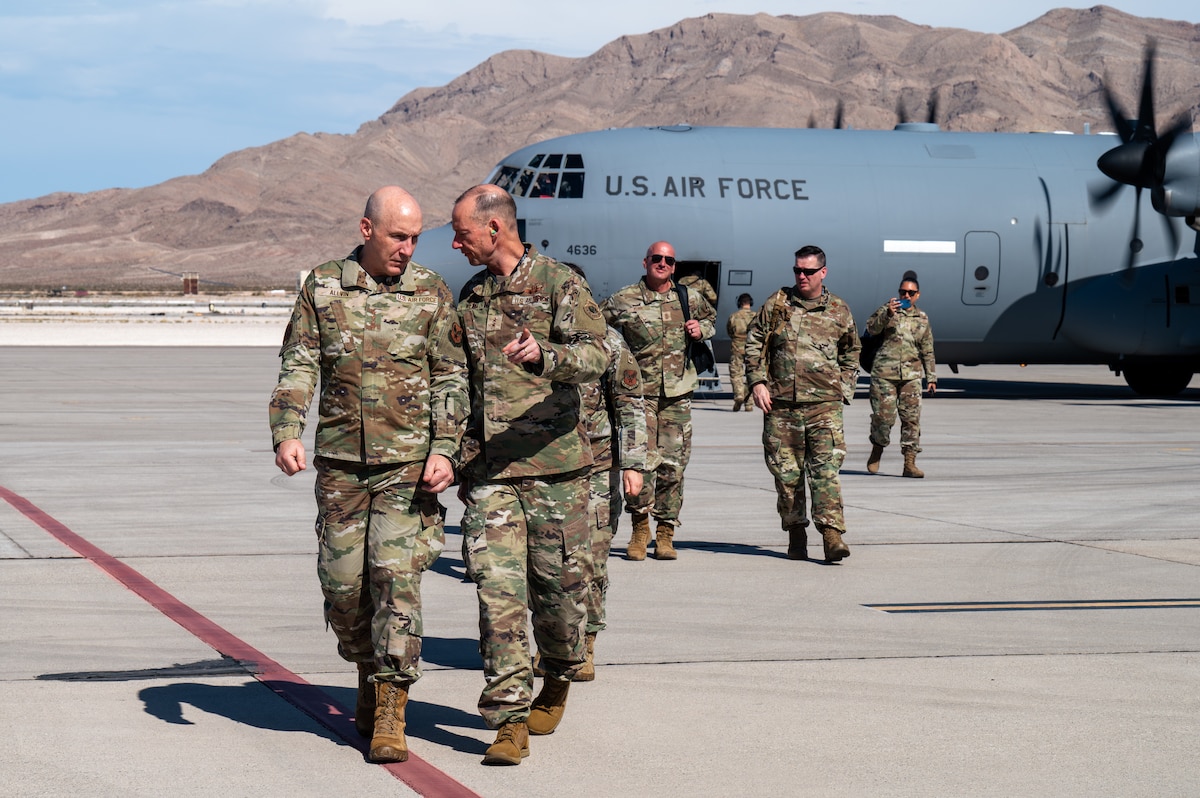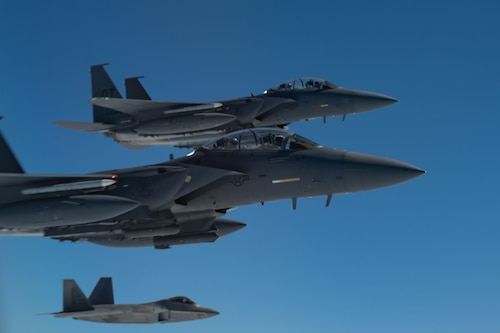The Department of the Air Force has worked quickly to reoptimize for Great Power Competition following the announcement of 24 key decisions for the DAF to prevail in the challenging security environment of today. New organizations have stood up or realigned, Airman development has been retooled, and operations and training have been honed for future high-end conflict.
These efforts to project power were on full display during the second iteration of Exercise Bamboo Eagle, which kicked off at Nellis Air Force Base, Nevada, and spanned various locations across the United States, specific sea and air spaces in the eastern Pacific and several virtual components Aug. 2-10.
"Today's security environment requires us to be an agile, adaptable force capable of maintaining lethality in the face of a challenging and dynamic battlespace -- Bamboo Eagle reflects that fact," said Air Force Chief of Staff Gen. David Allvin. "The exercise challenges our team to operate in a contested, dynamic environment against high-end threats on short notice. Training in a combat-representative environment like this helps our Airmen and the Joint Force develop the right operational concepts, capabilities, and plans to bolster deterrence and maintain our competitive advantage against any potential adversary."
By design, Bamboo Eagle synchronized with the Air Force Force Generation model, which is the service's sustainable, capacity driven model for presenting Air Force forces to support combatant commander priorities.
"Bamboo Eagle is crafted to simulate a combat representative environment, assessing a wing commander's capacity to mobilize combat air power while effectively navigating, maneuvering, and sustaining both the Expeditionary Air Base and subordinate force elements within a dynamic setting," said Maj. Gen. Chris Niemi, U.S. Air Force Warfare Center commander. "By honing our capabilities in dynamic and challenging environments, we strengthen our ability to deter aggression and safeguard our nation's interests.
During Bamboo Eagle, participants established themselves at various hub-and-spoke locations, conducting movement of assets, personnel and equipment while maintaining command and control and logistics support.
This is central to success in a changing threat environment that no longer allows the Air Force to treat overseas bases as sanctuaries; the service must ensure it can operate in disaggregated places and generate combat air power.
"The objective of exercises with speed and scale is to demonstrate the Department of the Air Force's preparedness for complex, large-scale military operations, demonstrating the ability to operate in a contested, dynamic environment against high end threats on short notice," Allvin said.
Conducting large-scale exercises designed with Great Power Competition in mind emboldens the Department to continue reoptimizing to deter and, if necessary, defeat an adversary.
"Bamboo Eagle is just a starting point," Allvin said, "Major exercises like this are only going to expand as we enhance our ability to generate all-domain combat-power and reoptimize our U.S. Air Force for today's volatile threat environment."
To learn more about the Department's Reoptimizing for Great Power Competition initiative, visit here.

